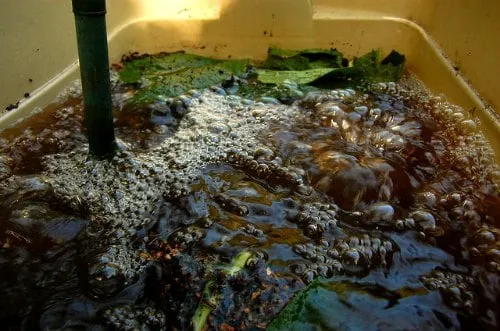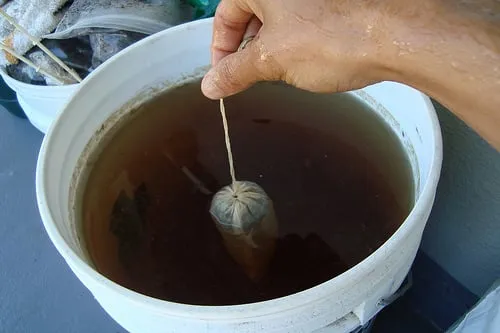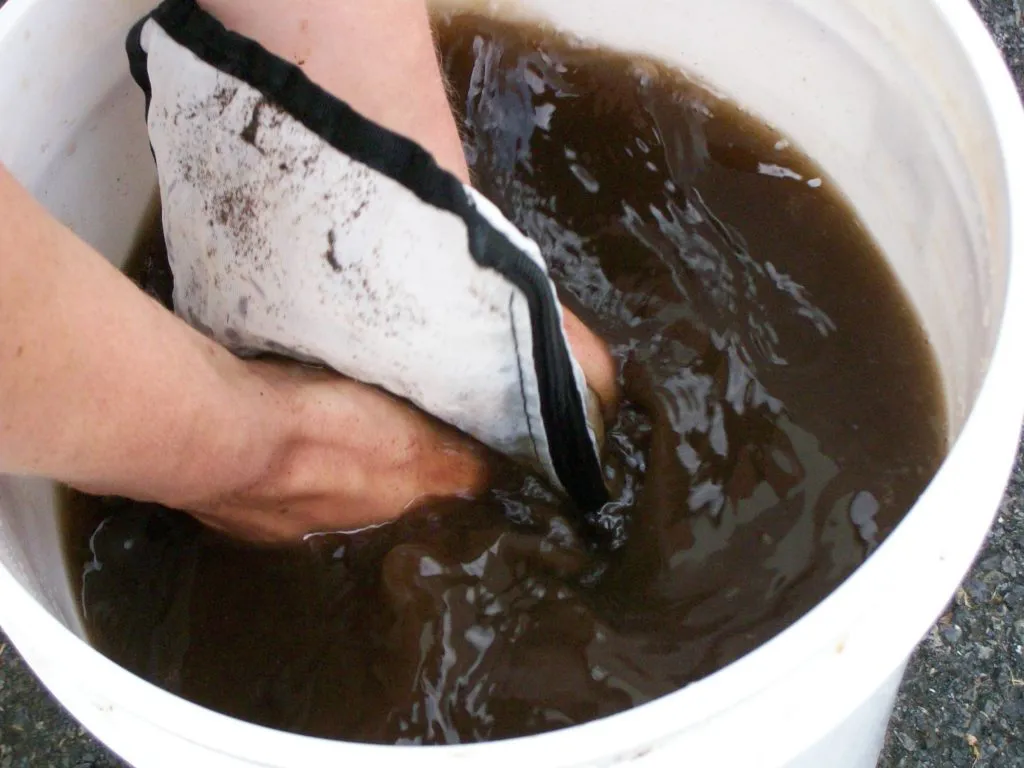In the agricultural sector, products of synthetic origin come from chemical manufacturing based on the manipulation of molecules. However, the application of these chemical fertilizer products on crops, although they achieve the production objectives set in the field, which consequently is transformed into tons of raw material that is later used for food, it is no less certain that the application of synthetic products causes irremediable problems of environmental pollution.



▶ The products I am referring to are those manufactured based on urea, for those who do not know urea is a solid fertilizer with a higher concentration of total nitrogen reaching 46% of the weight of the fertilizer, it is a very hygroscopic solid and soluble in water, and at a practical level it is the most used product as a fertilizer in crops of food interest.

▶ Credits: rodaleinstitute – [Image of Public Domain]
≕ I invite you to stay tuned and read my next contribution ≔
In the field, Urea as a fertilizer, once incorporated into the soil, is transformed into ammonium carbonate, inducing a certain alkalinity, then the bacteria nitrify it, turning it into nitrates and producing an acid reaction, with the subsequent result of absorption by the structures and roots of cultivated and uncultivated plants.
Urea-based products, as I mentioned, have historically had a negative impact on environmental health, hence, alternative programs are being generated in order to replace chemical fertilization with organic fertilization, with the purpose of favoring the environment and producing food free of chemical traces.
Among the products or organic fertilizers of greater impact we have the worm compost tea, which is a liquid bio-input resulting from the breeding of earthworms called "leachate", which is collected and applied diluted as foliar fertilizer or directly to the soil. This product is not rich in microorganisms and could be contaminated with phytopathogens and human pathogens, depending on the raw material used in the process, so it is recycled by wetting the beds with it.

The use of the worm compost tea, theoretically is recommended from the moment that the bed already shows finished humus, the other option is to elaborate the worm compost tea, for which a plastic bag is taken in which 20 liters of worm compost are placed, then it is introduced in a 200 liter tin and mixed with two gallons of molasses, shaking it strongly and taking it up to 185 liters. Later it is left fermenting and reproducing the microorganisms and it is used after 8 days, the doses to the soil can be up to 25% in case of the foliage, this should be between 10% and 15%.
NOTE: Reference material.